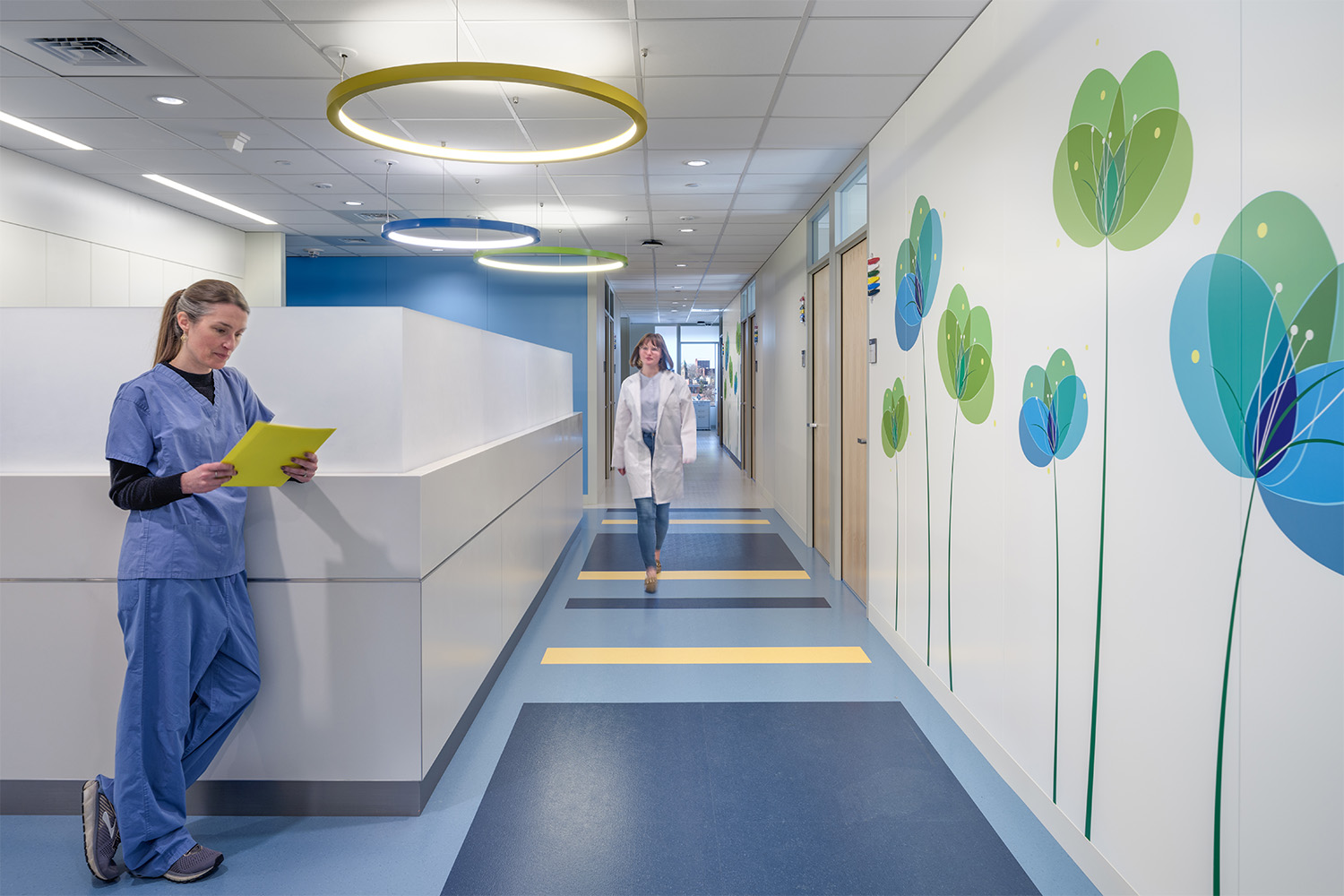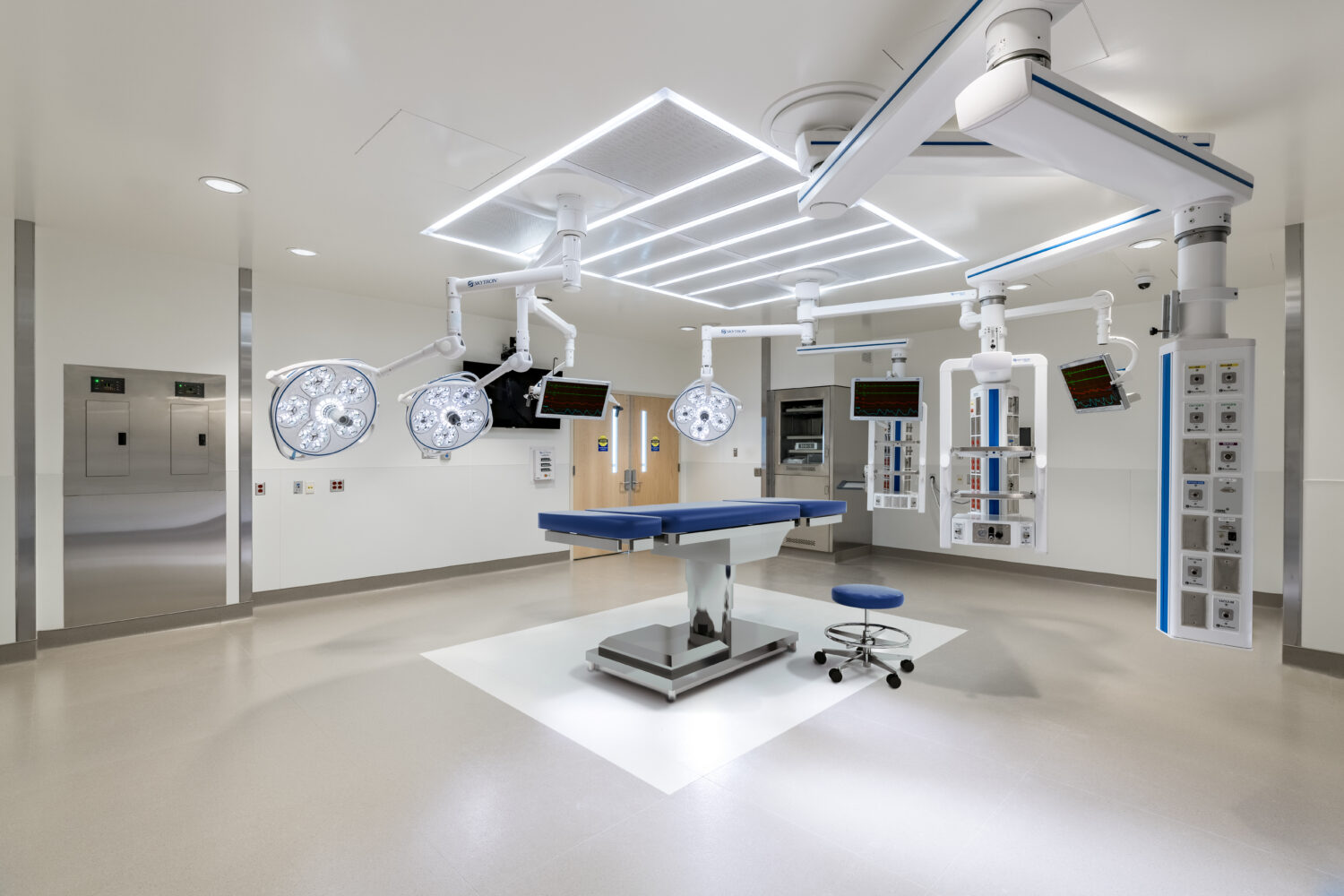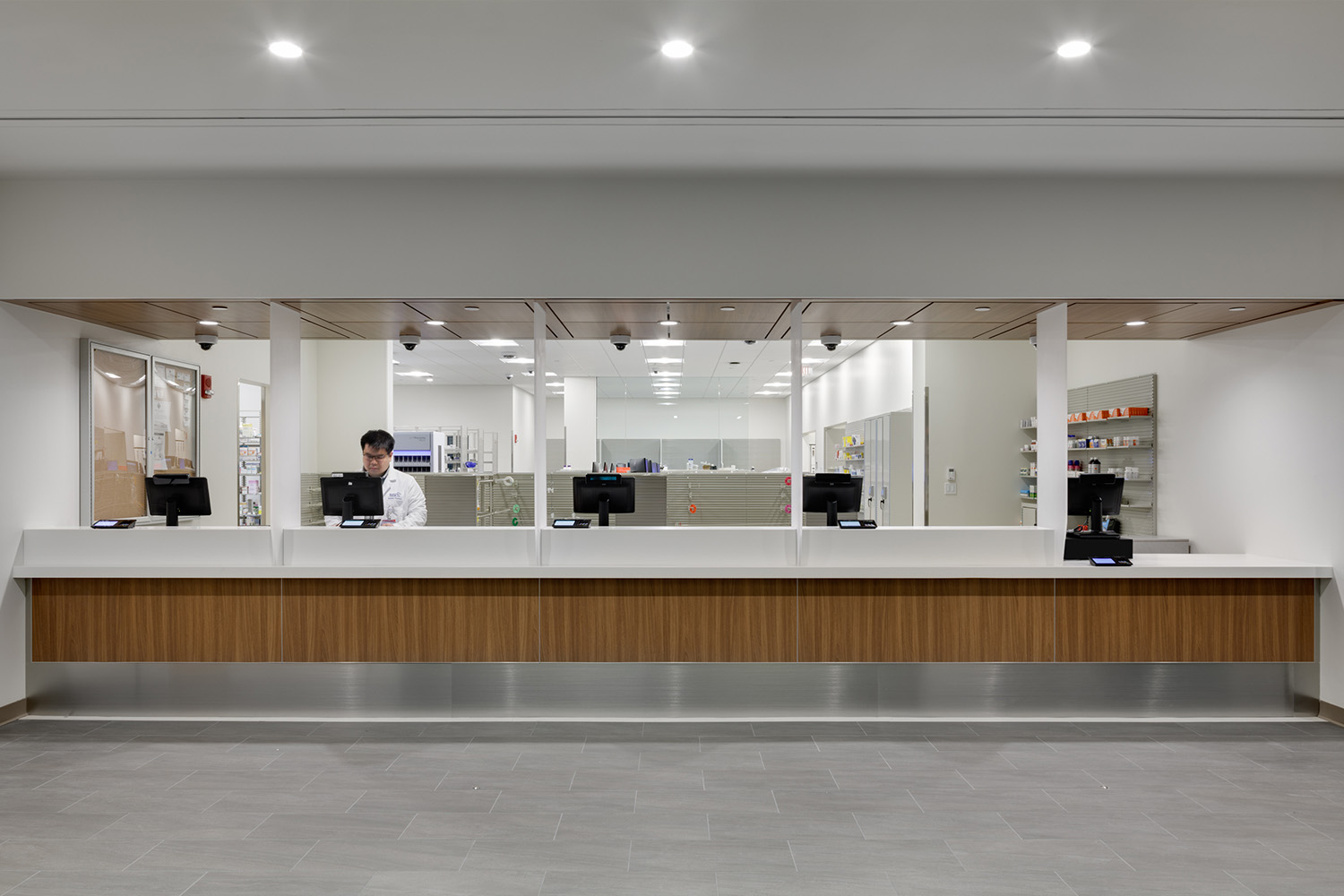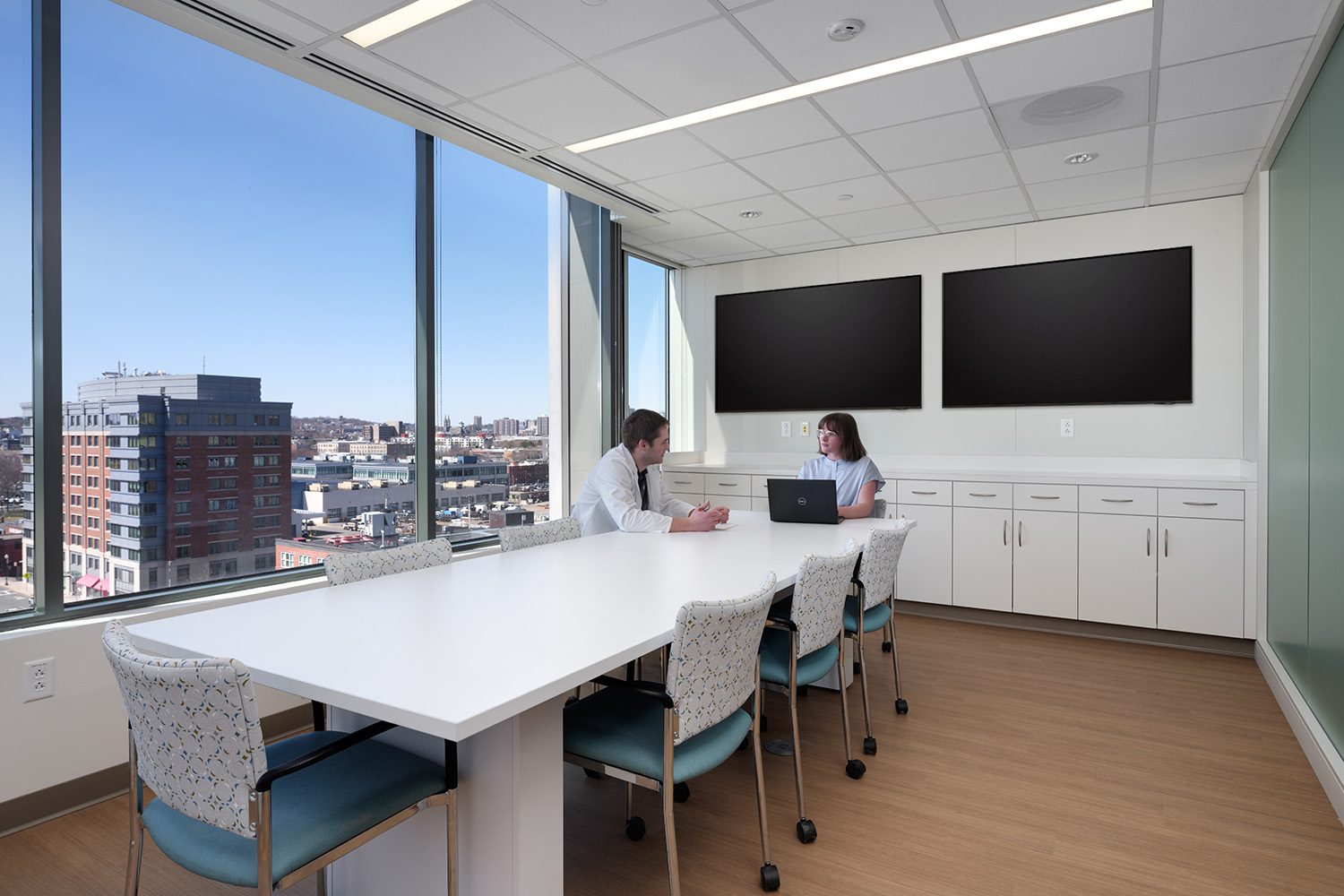Then + Now: The Healthcare Construction Landscape

TOCCI sits down with Wayne Arruda to discuss healthcare construction trends over time.
Throughout his 30+ year career, Wayne Arruda has had a front row seat to the evolution of trends in healthcare construction. We sat down with him to understand how the healthcare landscape of the past is shaping the future. Here’s what Wayne had to say:
What did the industry look like at the onset of your careers versus today?
When I started my career, a lot of institutions’ central plants had outlived their use for life. Many hospitals were in the process of rebuilding to a point where they could no longer house all their facilities on one campus. Today, healthcare services and providers are spread throughout multiple towns and cities. Satellite campuses are the normal and expected structure for these organizations to be able to function.
Years ago, larger institutions were building to modify their flaws, and they were driven by financial reimbursements. Today, a slew of mergers has created a landscape that looks dramatically different. Community hospitals and primary care providers are dwindling which causes many issues for delivering care. These satellite offices are taking ancillary services out of the hospital to create more spaces to perform procedures, operations, and intensive care. The non-critical life support services are moving into the suburbs.
Do sites look different now? How have they changed?
Today, the crisis is mental health, and we can’t build units fast enough. There is a tremendous shortage of psych beds and outpatient services, and there has never been a greater need for psychiatric and behavior health facilities. This was not the case 30 years ago. As an organization, TOCCI has completed close to 100,000 square feet of psychiatric space for clients like Boston Medical Center (BMC) and Cambridge Health Alliance (CHA).
Though many materials have not changed, speed to market is more critical than ever. Fast-track renovations are necessary for providers to give patients the care that they need. For example, at CHA’s Malden Care center, we partnered with the architect to complete the design at end of spring, and we’re on track to complete a 25,000 square foot, occupied space renovation of a new outpatient psychiatric center by the end of the year.
What trends have stood the test of time?
At TOCCI, client service is the number one priority – just like it was in the old days. We seamlessly partner with architects and engineers; we take time to organize with our subcontractors and schedule work with maximum efficiency.
I believe TOCCI’s skilled scheduling has and will continue to stand the test of time. An experienced team is a successful team, and we can build and execute schedules like nobody else. We’re able to think out of the box and create unique solutions for our clients. We organize our flow of work and construction sites so that it is productive for subcontractors; productivity for subcontractors means expedited schedules.
For example, we recently completed Crosstown pharmacy at BMC. This project was a testament to smart scheduling because it was built in 8 weeks. This was part of a multi-floor renovation, and we were able to phase the work through innovative sequencing to benefit BMC and move forward with the pharmacy.
Moving into the future, what do you see coming for healthcare?
I think that there will continue to be a big push for behavioral health over the next 5-10 years. We’ll also see consolidation of systems and healthcare deliveries to create more profitability. That goes back to bringing critical services to more accessible locations, like downtown Boston, and moving administrative and non-medical teams off campus to create additional clinical space and accommodate more patients.
Hospitals at home are a biproduct of decreased beds. Healthcare systems are sending care home and making more space for operating rooms and other specialty care. This is more cost-effective for hospitals and makes additional room for critical care paths.
Want more details? Connect with our team.


